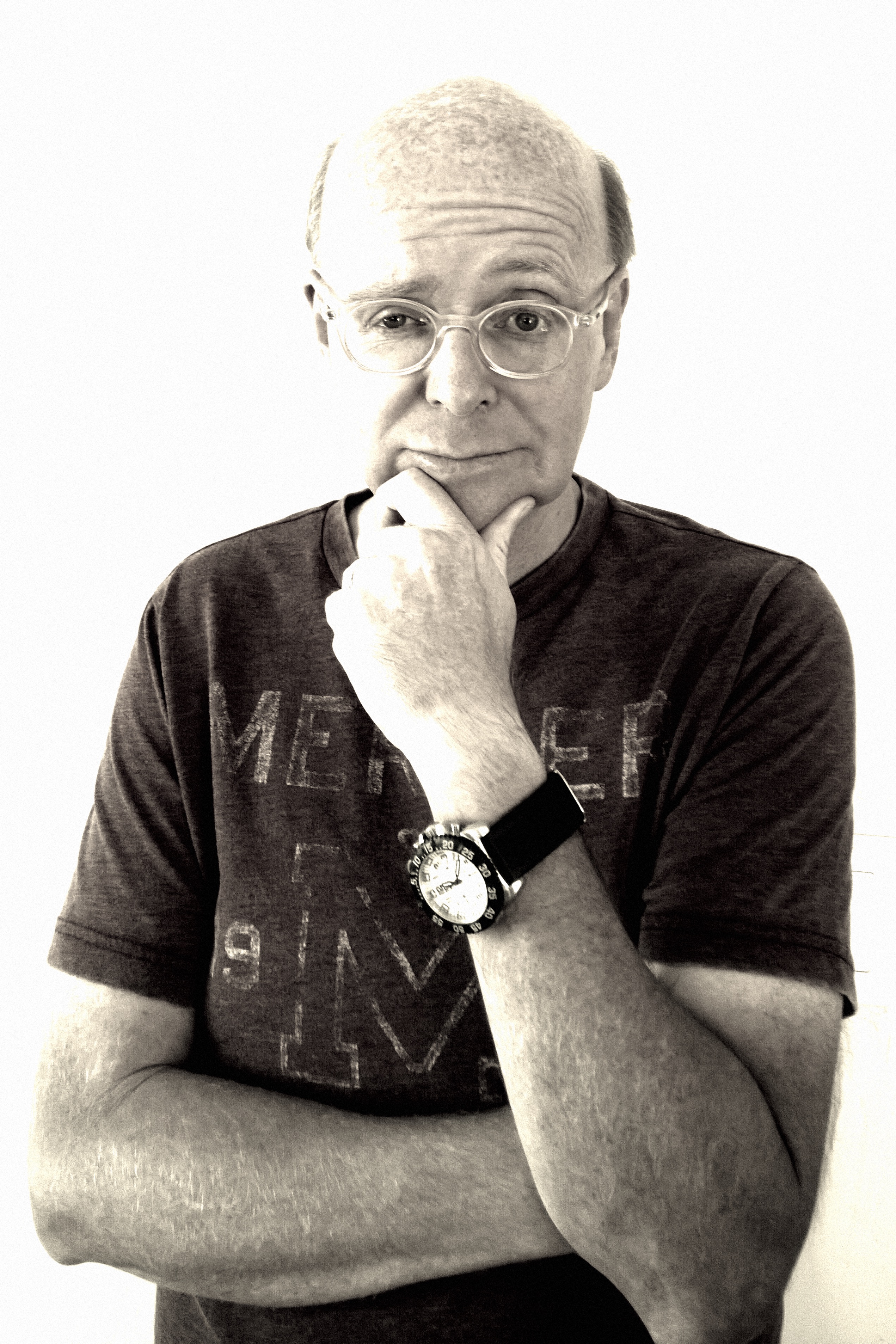I am working on a new ebook based on a personal, health crisis and will start taking preorders this week at Amazon: How I Beat Diabetes, qualifying repeatedly that Joe Wilcox is not a medical professional.
On July 13, 2013, my doctor called frantic about my glucose level. Day before, she drew blood for routine check on something else, and the lab ran the full panel. The number: 212 mg/dL Anything below 100 is safely normal.
According to the National Institutes of Health: “A level of 100-125mg/dL means you have impaired fasting glucose, a type of prediabetes. This increases your risk for type 2 diabetes. A level of 126 milligrams per deciliter (mg/dL) and higher most often means you have diabetes”. My test wasn’t fasting, but 212 was still too high, despite the big burrito consumed within the hour of the blood draw.
My mom has diabetes, and this wasn’t the first warning sign but the most severe. I made a decision: To ignore the doctor and not return for diabetic treatment, as she demanded. I would change my diet first and see if the problem could be corrected that way. If not, then I would follow whatever regime she recommended, even if that meant insulin shots.
On May 21, 2014, I had the dreaded blood test long delayed while changing my eating habits. Glucose: 85 mg/DL, fasting. But another measure, A1C, matters more. According to NIH:
The A1C test is based on the attachment of glucose to hemoglobin, the protein in red blood cells that carries oxygen. In the body, red blood cells are constantly forming and dying, but typically they live for about 3 months. Thus, the A1C test reflects the average of a person’s blood glucose levels over the past 3 months. The A1C test result is reported as a percentage. The higher the percentage, the higher a person’s blood glucose levels have been. A normal A1C level is below 5.7 percent.
Mine was 5.6 percent. My doctor cancelled our appointment to discuss treatment.
In the 12 months following the doctor’s warning, I lost 30 pounds as the result of dietary changes—182 to 152 (82.5 to 70 kilos). A decade ago, 2004, I weighed 210 pounds (95 kilos). I’m still losing weight—without exercising, a regime I am just starting now. I did not diet. I changed my diet. The lessons I learned during that process drives the book.
Diabetes is a lifestyle change. You can adapt by shooting up insulin and checking blood sugar levels, or you can choose to eat differently. The insulin way will let you continue to eat much like you did before; to cheat. Or you can develop new tastes and improve livelihood. My method can’t cure everyone, but surely anyone can be healthier by adapting diet based on what I did.
What I learned is shocking. My research compelled me to fundamentally rethink conceptions long held about eating and what food is healthy. Most of the healthier items sold in groceries like Whole Foods are not. To repeat: I did not diet. I didn’t starve myself but fundamentally changed what I eat.
My energy levels and sense of self are 20 years younger, if not more! The photo accompanying this post is current. My wife snapped it yesterday using the Nokia Lumia Icon Windows Phone. I edited the image in Pixlr for OS X.
With diabetes, lifestyle change is inevitable. For some people, adapting diet is a cure. I am among them, and you could be, too.
